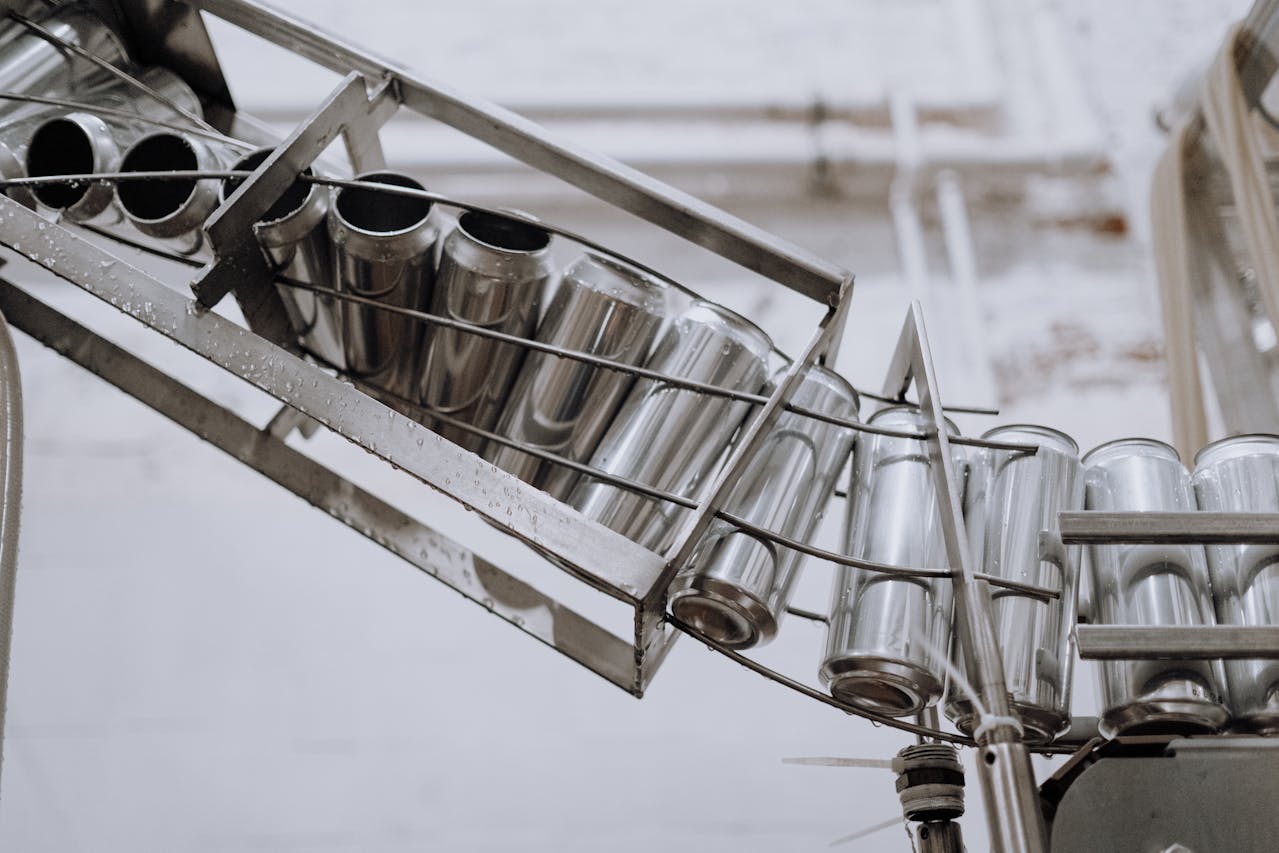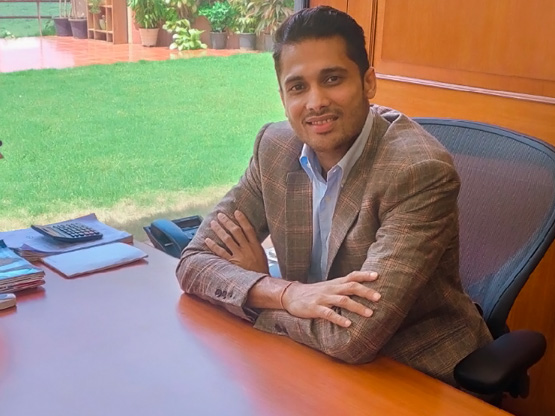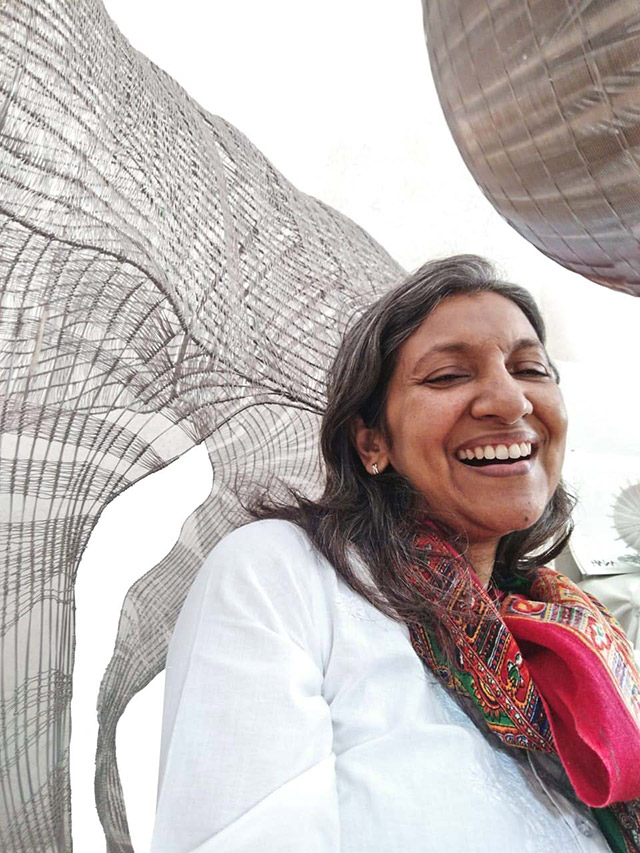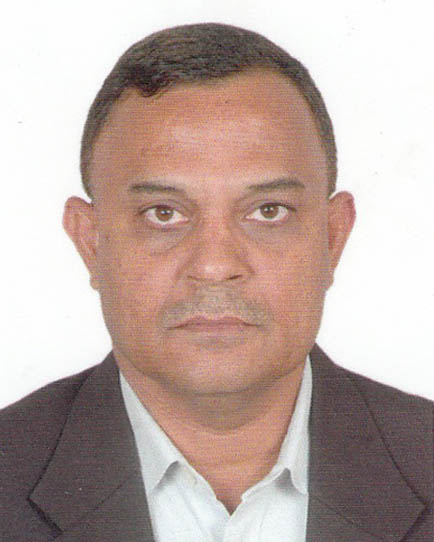Lt. Gen. Suresh Sharma
November 28, 2023
You realize you are meeting an Army veteran once you shake hands with them and begin talking about the motherland. We first met one such spectacular man at an event on stainless steel tunnels. One interaction with him and we were sure that we wanted to delve into a detailed dialogue with him about his military experiences and his perspective on the marvels of stainless steel. He happily agreed to be a part of our external newsletter and visited the Jindal Stainless Centre in Gurugram recently.
Conversation with him was easy and free flowing. Ranging from stainless steel infrastructure to his message to the future generation, Gen Sharma was an insightful book all throughout. One could witness his cheerfulness once you interacted with him off camera. Like a child, he showed us his paintings in his mobile phone and was beaming with pride when we complimented his art skills. To be in his presence is to witness a living narrative, an embodiment of resilience, cheerfulness, and a commitment to making a lasting impact on the society.
It is almost impossible to not notice when he speaks. You would not want to miss the interaction with this young man at heart. Read on what he has to say in his conversation with Supriya Sundriyal, Corporate Communications.
Please tell us about yourself.
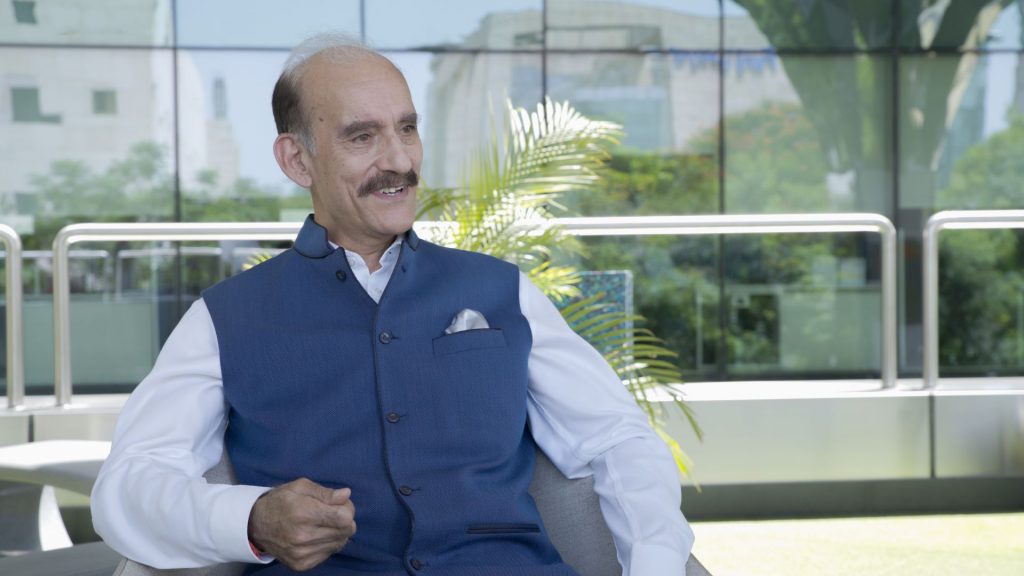
Thank you, Jindal Stainless, for having me over. I think it’s a very nice environment to be in. When you ask me a question that, how did I about my journey, my childhood, my education, my early education, and my career. Well, I was born in a place called Jammu and that’s the place where I had my initial school education. For the college education, one had to go out of the city. And I studied my engineering from Coventry University.
How was your experience of working in the Army?
It was somewhere in the last year of my professional degree, that we were selected for the Indian Army. It’s been almost about four decades for me in the army and out of the army. It’s been a good journey, to tell you as far as my army career is concerned, I think I’ve been very fortunate that I’ve had an exposure to varied kinds of jobs, positions, terrains, people, and teams to work with. And at the end of the day, I realized that it’s been a fantastic journey. The first 20 years were totally into the combat. I belong to the army engineers, but I had very little to do with the engineering part. It is mostly the combat assignments. It’s only in the second half of my career, that I landed up into the assignments, which had more and more to do with the works.
And my first appointment was as a Chief Engineer, and not with the Indian Army, but with the Indian Navy in Mumbai. So it was quite a change. And not sure if I was to say that I was so fortunate that I never had to repeat an appointment. Every single rotation appointment came up, it was 180 degree different from what I was doing the previous assignment. So it gave me more exposure, and wider perspective of the things. And I was very fortunate that I could head two premier organizations of the Indian armed forces. One is the Border Roads Organisation, which I’m very proud of. And second was the Army Core of Engineers, including the military engineering services. And that’s how my larger association with the works developed.
Where do you see the growth potential of stainless steel the most?
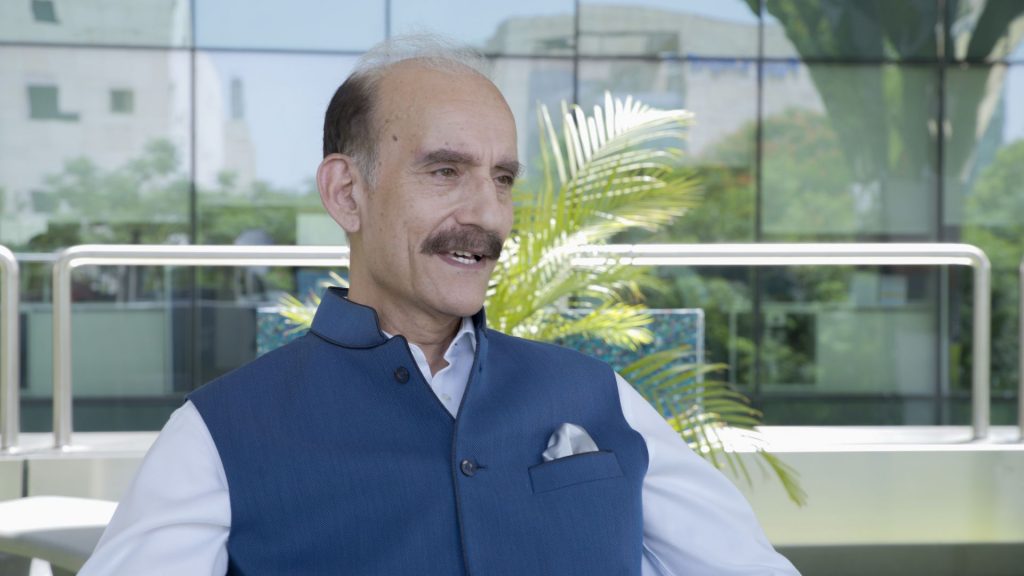
When you talk of infrastructure, especially the large infrastructure, the two basic elements are concrete and steel. And there is no infrastructure which can be built about without the steel. Now, steel, we all understand is of different kinds, of different varieties. Why stainless because, more often than not it is apt for the infrastructure, especially, which is in a corrosion regulated environment. Whether it is seaside or corrosive environment, including in the deserts today. Or even I would say where you want a slightly more stable structure. That’s where I find the utility of the stainless steel is exponentially increasing. And I see that in the future, more and more designers, more and more end users are going to ask for stainless steel as the primary reinforcement. So there’s a huge scope here.
The National Steel Policy 2017 has suggested using stainless steel in earthquake and corrosion prone areas. How will this help?
Yeah, we must understand and I think all of us know it, that corrosion is number one enemy of any structure. We are seeing more and more structures done 10, 15, 20 years back, where the life expectancy may have been 40-50 years, they are now going bad. Primarily because the steel has got corroded. So that’s why the government has taken the right decision, but at this point of time, these are guidelines. To make it mandatory, well, probably will take time, but I think even guidelines are good enough. And these are the issues which probably need to be brought up through different kinds of organizations, different kinds of interactions and through different kinds of forums. You cannot legislate it, but more and more people will stick to it, because this is the future. If you want your structures to last long, this is the future.
Any particular project that you worked on helped the general public ?
This is an interesting question. When you talk of the military infrastructure, except for in very strategic areas, the military infrastructure is becoming a dual usage. So the infrastructures, which you made primarily for the military can also be used by the civilians living in that area. Be it the roads or anywhere else. It’s opening up. So one such road that comes to my mind was the DSDBO Road in Leh, which is in the open domain today. It was a road which was under construction for a very long time. Some of it got washed away because of some poor alignment. This road had to be laid out again and even involved a bridge over Shyok River, which is a meandering river, which during the summer season, really widens up a lot. So this was one challenging project, which I started but couldn’t finish it in my given time. However, it is done now. And it’s today really helping the Indian Army for its movement in those areas. So this is one project, which I feel very satisfied, and there are many others, the limitation of time doesn’t permit me to speak about it. It’s very satisfying to go back and see those projects now, how they have benefited not only the military users, but also the community as such.
How do you think the North-East has been affected by corrosion?
I think our countrymen must know and learn and visit more and more of Northeast, it’s fascinating. People are fantastic. And as far as the infrastructure is concerned, I think there’s a tremendous amount of scope. I’ll just share with you another very interesting project. It is the trans-frontier highway. It was a concept which was being pushed by some people. Well, not very enthusiastically taken by some people, but then there was a huge debate. I was part of the debate that should we do it should we not do it. I was happy to know that the government has announced that Cabinet Committee on Security (CCS) has given its approval to go ahead with it about five, five months, six months back. It is more than 1500 kilometers of trans-frontier highway, which stops somewhere in the line to Taiwan, and finishes in a place called Vijay Nagar, traversing over seven valleys 1500 plus kilometers. This will give you a glimpse into the entire northeast, at least major part of Arunachal Pradesh. It’s fantastic.
Northeast is to be seen to be believed. I think we need to make more efforts. Government has done a fantastic amount of investment now and has sanctioned a lot of projects there. But people who are associated with the URL builder or other suppliers. More and more people must go see visit and support those programs.
What is your message to the future engineers or to the future generation?
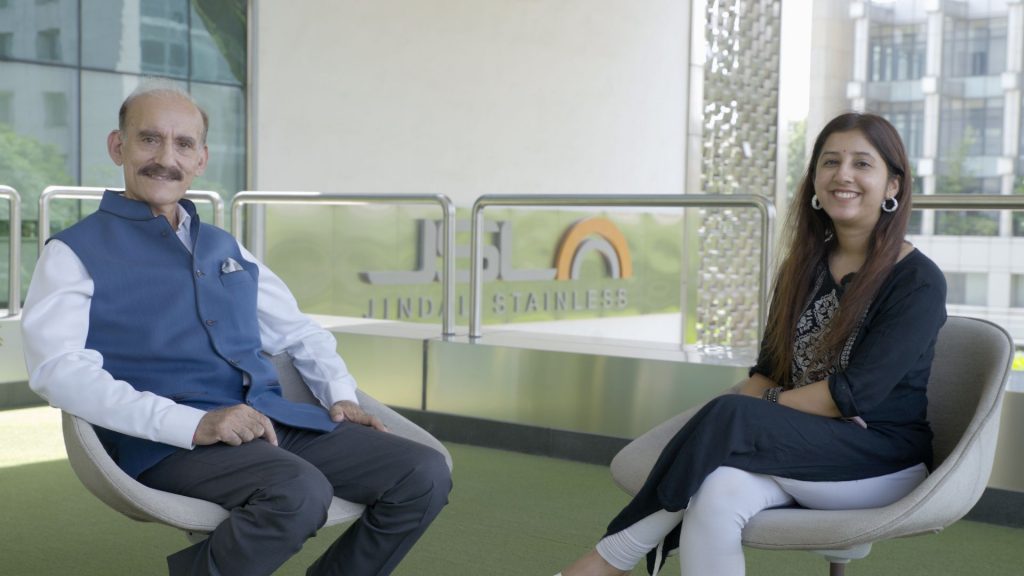
I feel very happy to work with the younger generations. The response that you get from the younger people, including the engineers is fantastic, more adaptive, and more innovative. So, my message is firstly, I have famous five C’s to share with you in your career and even in your personal life. You have to be very competent. First thing, which will win you the battles is the competence and competence primarily comes out of your knowledge and through your experience.
Second is the confidence. This is again something which you will as you grow in age and in service and in your experience to gain more and more confidence. Third is the courage. And I’m not talking about the physical courage alone, I’m talking the moral courage, courage of conviction. You should be very, very passionate about your job. If you’re passionate, half the job is done. You have to build your own story, don’t be a part of somebody else’s story. Create your own story. And that can only be done be done with your courageous, you’ve taken some steps. And if you’re very passionate.
Next is the communication skills. This is something the leaders of tomorrow, the managers of future, have to learn the communication skills, you have to communicate with the people that you are working with. And if you ask me about whatever bit of experience that I have, and I can share, I always followed it and I don’t hesitate sharing it also. When you sit under a roof with some people, it’s not your experience, it’s not your knowledge alone. It’s the collective wisdom. When you’re sitting in forum, in an organization, don’t feel alone and don’t be alone. Share that wisdom and a collective wisdom of all will give you many dividends, it’s a collective wisdom. And I would say collaborative decision making. The present generations other than being innovative needs to be very collaborative, so it will be collaborative decision making.
And the last one is that as far as accountability is concerned, it is singular responsibility. There is no shared accountability, you must own up. The ownership lies with you. You will be able to drive your projects, you will be able to drive your passions. If you own the projects given to you or any job given to you, it’s always the ownership. So collective wisdom, collaborative decision making, and singular responsibility is what we should aim to achieve.
